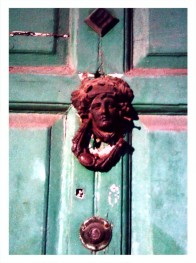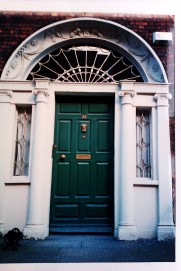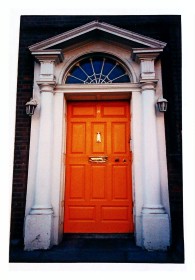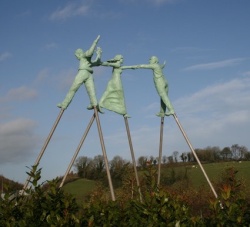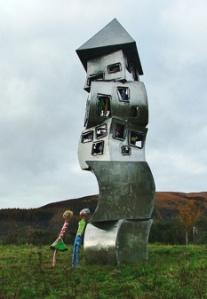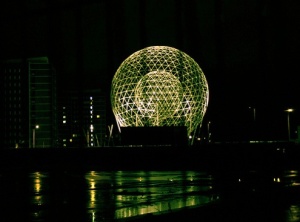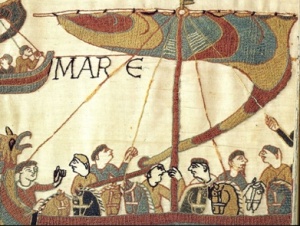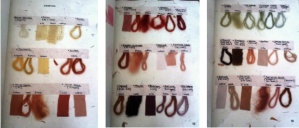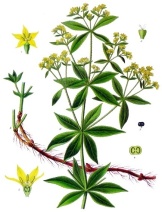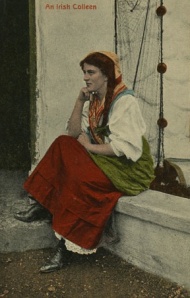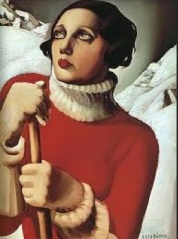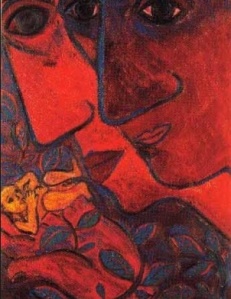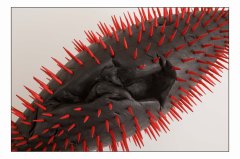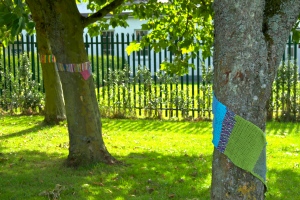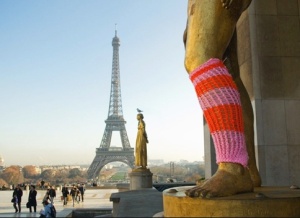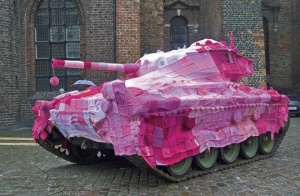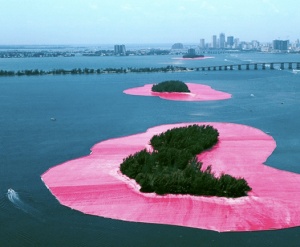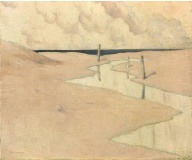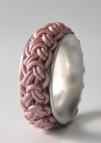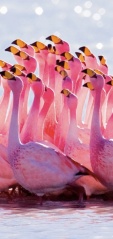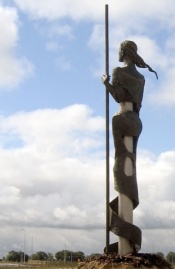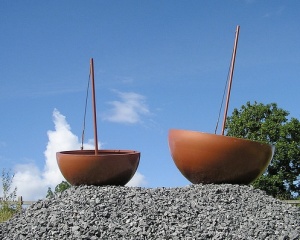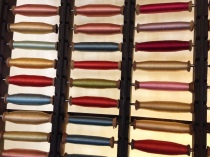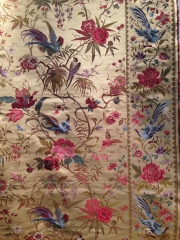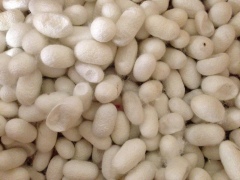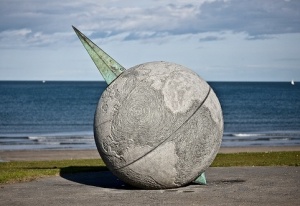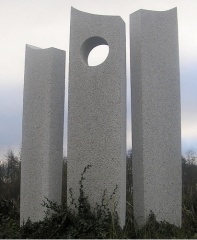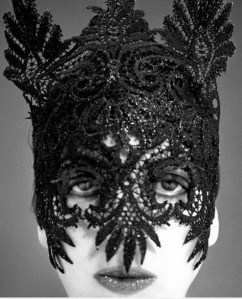
Isabella Blow wearing Philip Treacy’s lace mask (1992)
Black is not a colour as such but the complete absorption of natural light. Black is associated in the Western world with death, mourning, evil, or magic but also with power, elegance and sophistication.
Throughout history the colour black has had both positive and negative connotations. Black is closely linked with mystery and the unknown and in the 17th century, people strongly believed that the devil appeared in the shape of a black animal in the middle of the night during black Sabbath ceremonies.
It was the emblematic colour of the Puritans and protestants during the Reformation, as black was considered the colour of sobriety and simplicity and chosen to underline the contrast with the luxurious red and purple vestments worn by the Pope and cardinals of the Roman church.
Black was favoured by the Romantics in the 19th Century as it was the perfect colour to depict their melancholic souls. Black has often been the colour of choice for quite a number of would-be revolutionaries: it was chosen by the 1950s Parisian intellectuals to express their individuality, by the young British mods and rockers of the sixties but also later by punks and goths to show their social discontentment. In the United States, the Black Power movement in the late sixties was borne out of a struggle for political and social equality for African-Americans.
The black flag of the pirates alone was enough to instill fear in other sailors and ordinary folk as they knew that violent events would unfold as soon as the fierce seamen came near. The authoritative symbolism of black is best exemplified in any of the uniforms of members of the armed or police forces throughout the world.
In the world of fashion, Coco Chanel revolutionized women’s sense of dress forever with her drawing in the American 1926 Vogue magazine of a simple black dress. A trend was born then as well as a new timeless look. By wearing the colour black, women felt empowered and confident like never before in a world dominated by men in black suits albeit through a different kind of power, that of the seductive force of the femme fatale.
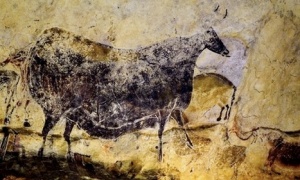
The great black cow in Lascaux
Black was one of the first pigments to be used by our Prehistoric ancestors where it was employed to draw representations of animals or humans almost twenty thousand years ago. Charcoal, burnt bones and manganese oxide were used to produce black to a stunning effect as can be seen in the Lascaux and Niaux caves in the South of France.
Black was one of the most prominent colours used by ancient Greek artists and potters to create magnificent ceramics. They developed an original firing technique to produce a glossy black. Black ink was produced in Ancient China by using plant dyes or minerals such as graphite which were ground down and mixed with water. Burnt bones, tar and pitch have been employed in India since at least the 4th century BC as it was common practice to write with ink using a sharp pointed needle. Another historical ink from Ancient Rome was created from salts mixed with tannin extracted from gallnuts. This specific ink was bluish-black but turned to a dull brown as it faded.
In Medieval times, scribes wrote mainly on parchment or vellum paper and one of the inks they used was derived from a hawthorn bark, wine and iron salt recipe. Obtaining a good quality black pigment was essential for the printing industry as the traditional handwriting Chinese and Indian inks had a tendency to blur as they couldn’t adhere to printing surfaces. A soot, turpentine and walnut oil-based ink was created by Johannes Gutenberg in the 15th century making it possible to print papers, books and engravings. The Gutenberg Bible was the first book produced with ink pasted over moveable type and was printed in 1451-1452. The Gutenberg press made it possible to spread ideas to the masses for the first time.
Different civilizations have burned the various plants naturally available to them to produce charcoal pigments. In Alaska, the Inuits mixed wood charcoal with seal blood, for example. In the Polynesian culture, black pigments were made from the soot of burnt candlenut or sometimes coconut mixed with oil or water to create the ink for traditional tattoos.
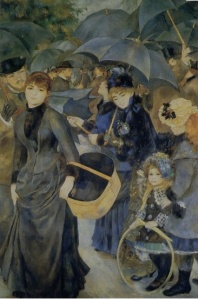
The umbrellas (1881-1886) by A.Renoir
PALE: Basalt, Anthracite, Charcoal, Soot Black.
MEDIUM: Graphite, Blue Black, Bone Black, Obsidian Black, Vine Black*, Smoky Black.
Vine black was produced in the Roman Empire by burning grapevine branches or dried crushes grapes.
DARK: Brilliant black, Lampblack*, Jet black, crow black, liquorice, Ebony, Onyx, Tar, Indian Black, Mars black*.
Lampblack was originally produced by burning oil in a lamp and collecting the black soot that accumulated on the glass surface. Mars black is a black pigment made of synthetic iron oxides. It takes its name from Mars, the Roman god of war.
IN THE WORLD OF INTERIORS
Black is ideal as an accent colour to give a bit of drama to an interior space. A black patterned wallpaper as an accent wall, a striped rug or a set of textured cushions will add a sense of elegance and boldness to the décor and will contrast beautifully with any other colour.
Black was much favoured as a colour in the early 20th century Art Deco movement. This influential eclectic style first appeared in France in the 1920s and combined the craft movement floral motifs with the geometrical shapes of industrialization. This inspirational new design style was all about theatrical exuberance, glamour and progress. Chrome, glass, highly polished wood and glossy black lacquered furniture mixed with silks and furs were all the rage. Irishwoman Eileen Gray was a highly talented architect and furniture designer (1878-1976) whose interiors were imbued with sophistication and modernism at the same time. She was without doubt a visionary designer and a precursor of the modern movement.

Living-room in the E.1027 House by Eileen Gray (1929)
OUT THERE NOW
- Lady Gaga unique black perfume Fame.
- The Manchichi Bar in the Bistrotheque restaurant in East London is wallpapered with the Midnight Empire Luxury wallpaper by House of Hackney: Pure sophistication!
- Gail Kelly’s lino-cut designs printed on Irish linen.
- The Constellation portraits by Japanese artist Kumi Yamashita who uses a single piece of unbroken thread meticulously wrapped around thousands of nails. Absolutely amazing.

IN THE NATURAL WORLD
The black mamba in Africa is one of the fastest and most venomous snakes in the world. Its name comes from the black colour inside its mouth. Another scary creature is the Black Widow spider, which can be found on every continent in the world, except Antartica and whose bite is harmful to humans but fatal to the male of her species. The black panther is not a separate cat breed but rather a black leopard or jaguar, whose natural markings are hidden by the excess black pigment, melanin.
 The black truffle grows underground near oak or hazelnut trees mainly in southern France, Spain, Italy and Eastern Europe. It can be found in late Autumn and winter especially in January when its perfume is at its most pungent. Truffles can measure up to 7 cm for a weight of up to 100 gr. Another wild mushroom that grows in Europe called ‘trumpet of death’ in French for its trumpet shape and its black colour has a remarkably nutty flavour and is in season from August until November.
The black truffle grows underground near oak or hazelnut trees mainly in southern France, Spain, Italy and Eastern Europe. It can be found in late Autumn and winter especially in January when its perfume is at its most pungent. Truffles can measure up to 7 cm for a weight of up to 100 gr. Another wild mushroom that grows in Europe called ‘trumpet of death’ in French for its trumpet shape and its black colour has a remarkably nutty flavour and is in season from August until November.
Blackberry and blackcurrant are among my favourite fruits to pick when in season. Their juice is a deep purple-black colour and they make the most delicious jams and desserts.

